Bulk liquid transloading makes it possible for all kinds of commodities to travel around the world in massive amounts. Modern technology has made it possible to ship everything from olive oil to crude oil safely and efficiently. Of course, none of us are getting our milk or maple syrup directly from tankers - producers and packagers rely on bulk liquid transload for mass distribution.
The U.S. Code of Federal Regulations provides a framework to ensure bulk liquid shipping, especially of potentially hazardous materials, is safe for everyone involved. Bulk liquid transloading sites must operate with these regulations in place. Enforcement agencies may vary based on the fluid type, amount, and hazard class.
Learn the guidelines for transloading bulk liquid and what you should look for in a facility.
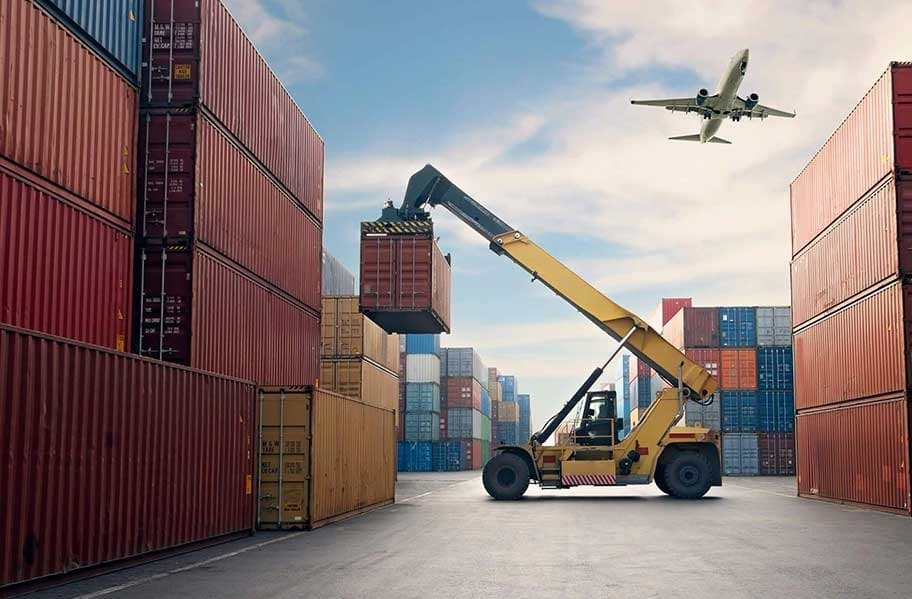
Bulk Liquid Transloading: Keeping Things Contained
Dropped crates, spilled sand, and broken merchandise are mistakes that shippers have come to expect to a certain degree. No one is happy about such events, but they tend to be easy to clean up. When bulk liquids spill, containment - and cleanup - take on greater importance.
When bulk liquids are being transported, the highest risk point is the moment of transfer. Transload sites that specialize in bulk liquid products are aware of this and have special equipment on hand to minimize errors.
Containment measures vary between different substances; some storage methods will be more prone to damage and leaks than others. Likewise, not all bulk liquids get transferred in the same way. Things such as temperature and thickness play a role.
International and domestic bulk liquid shipping containers come in many forms, each one requiring different handling. These include:
- ISO tanks
- FlexiTanks
- Tanker trucks
- Rail tank car/wagon
- Packaged units (drums, totes, and pails)
- Storage tanks
- Blend tanks
Keeping equipment used in transfers on a strict maintenance schedule and upgrading as needed may help minimize spills. It’s also a way of making sure that you, as a customer, aren’t losing material from transfer to transfer.
If you need to transload an imported shipment of 5,000 gallons of oil, you expect to receive 5,000 gallons at the other end of the trip.
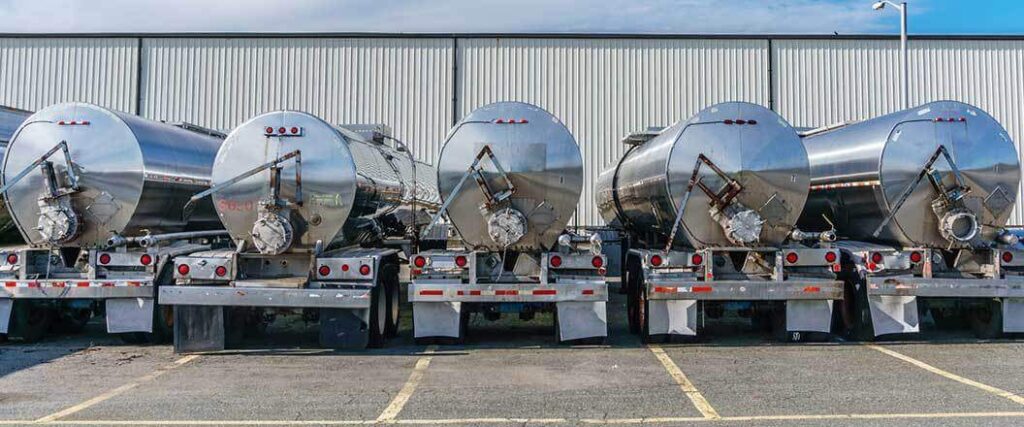
What Types of Bulk Liquids Can Be Transloaded?
Any liquid that can be produced or manufactured in bulk amounts can be transferred from one storage unit to another through transload services. Restrictions on transfers of bulk liquid have more to do with the type of container and transfer process.
Controlled substances, such as certain volatile chemicals, are regulated by the Occupational Safety and Health Administration (OSHA). Depending on the nature of the chemical substance, OSHA may have rules that limit container size, storage space, and transfer techniques.
In general, there really isn’t a limit. Some of the most commonly transloaded bulk liquids are:
- Industrial lubricants (brake fluid and engine oil)
- Chemicals (glycol, alcohols)
- Wax (slack and paraffin)
- Vegetable oil
- Gasoline
- Diesel
- BioFuels
- Milk
- Corn syrup
Each type of bulk liquid is given a classification depending on use and volatility.
- Edible
- Non-edible
- Hazardous
- Non-Hazardous
Depending on the product, more than one classification is used. For instance, gasoline would be both hazardous and non-edible. In the edible/non-edible classification, there may be a distinction between what can be eaten safely by humans versus animals.
Check out our article about chemical transload services.
Bulk Liquid Storage
If liquids need to be kept in a transload facility for a few days, it’s important to store them according to available guidelines. Some may require refrigeration, others may require protection from direct light.
For milk and dairy transload facilities, the Food and Drug Administration (FDA) has specific requirements. For instance, when not being supervised directly, entryways to milk storage locations must have locks or seals with serially numbered tabs.
Always check for regulations, whether directly mandated by the government or as directives from the industry that produces the substance. The chemical industry, for example, usually falls under OSHA guidelines. A less regulated substance may not have official storage guidelines, but that doesn’t mean there isn’t a right or wrong way to store it.
Wine is being shipped in bulk more often to allow bottling closer to distribution sites and lower final delivery costs. Aside from making sure a storage tank is FDA approved, there really isn’t further regulation. However, wine does need to be kept at steady temperatures. You want to make sure that temperature regulation is available at the transload site in such a case.
Hazardous Material Storage
If the bulk liquid is any class of hazardous material, known as HazMat, special considerations must be taken. A large part of the liquid bulk industry involves chemicals, oils, gases, and even acids.
Bulk liquid transloading facilities that move HazMat liquids must adhere to federal guidelines for storage, transfer, and handling. OSHA regulations on HazMat storage are very specific and facilities that fail inspections can be shut down until compliance is met.
Storage regulations of flammable HazMat liquids include:
- Lists of approved containers
- Approved storage areas (away from stairways or exits)
- Approved cabinets for smaller storage units
- Required labels and placements
- Building construction classification
- Fire extinguishing systems
- Separation of reactive substances
For HazMat materials that are stored in larger containers outdoors, there are even more regulations. Some of these will limit the size of the container, while other regulations specify exact distances that must be maintained between different substances. Large facilities, sometimes called tank farms, have entire buildings dedicated to distinct materials.
Working with a transload facility that has HazMat-certified personnel is an important part of protecting your business investments. Facilities in good standing with OSHA are going to run smoothly and be less prone to delays as a result of shutdowns.
Considering current supply chain challenges, fewer delays mean a more cost effective business model is possible.
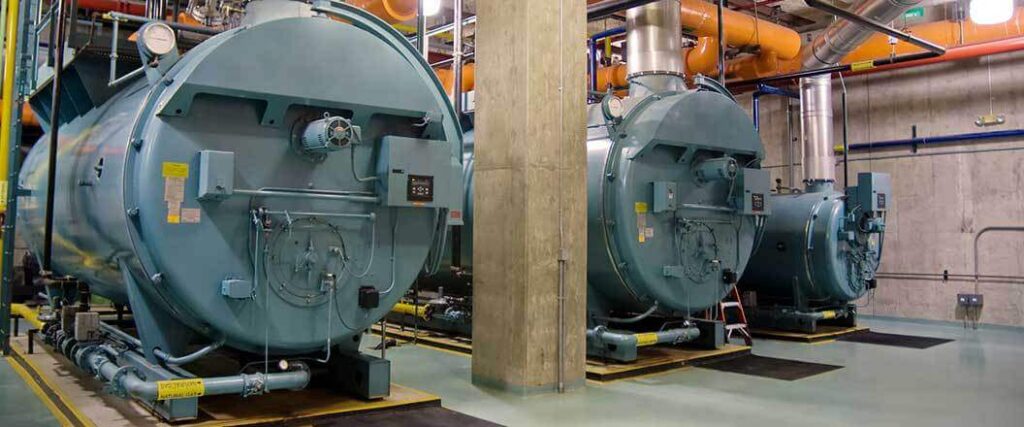
Do Bulk Liquid Facilities Have Special Equipment?
There are several more options for moving bulk liquids than there are for solid materials. As a result, bulk liquid transloading facilities need special equipment for each type of container and liquid they transfer.
When transloading materials from ISO tanks, flexitanks, or other large containers, facilities need pneumatic pumps capable of handling thousands of gallons worth of material.
Average Tank Capacities
| Container | Capacity* |
| ISO Container | 5,500 - 6,800 gallons |
| FlexiTank | 2,600 - 6,300 gallons |
| Tank Truck | 5,500 - 11,600 gallons |
| Rail Tank | 6,500 - 31,000 gallons |
There are transloading facilities with pumps in fixed locations. In some cases, tank trucks have their own pump systems so there isn’t a need to rely on a separate unit for the transload process.
As transloading becomes more widespread and locations begin specializing in specific products, portable pumps are becoming widespread. Known as Pump Transfer Skids (PTS), they are designed to be portable and most can be moved with a standard forklift.
Since a PTS works with various types of containers, a transload facility that uses one can truly provide multi-modal shipping across air, truck, ship, and rail services.
Additionally, a PTS can be customized with various features that make transloading safer and more accurate.
- Single or multi-pump configuration
- Self-priming
- Adjustable suction to account for thickness
- Metering to ensure accurate amounts
- Heating and cooling features
Transload facilities that provide services for different types of commodities can use the same pump. Systems and hoses are designed to be easily cleaned and can even be sanitized for food-grade liquid transfers.
Pumps used to transfer explosive or flammable liquids are the exception. A flammable liquid is considered to be anything that has a flashpoint between 141॰ to 100॰ Fahrenheit. In these situations, facilities should be operating pumps that prevent static charge and reduce friction to prevent sparking.
Liquids that require the use of these pumps include:
- Acetic acid
- Formic acid
- Formalin
- Ethyl ether
- Acetone
- Kerosene
- Diesel
These are just a few of the chemicals that meet explosive and flammability criteria. All of these substances are both commonly transloaded and vital to many industries, so it’s important to use facilities with the right kind of equipment.
Steam Boilers
Another common piece of equipment at bulk liquid transloading facilities is a steam boiler. There are two main reasons for the use of controlled heat and steam at a bulk liquid transload facility.
- Steam sanitizing of containers, hoses, storage units, and related equipment
- Heating of liquids to aid in pump transfers
The ability to sanitize the containers and other related equipment is a requirement of facilities that transfer food-grade bulk liquid. The FDA requires any facility that works with food to register with them and submit to inspections at least once every three years.
Reason number two, the heating of liquids, is slightly more common. In some cases, the need to heat liquid bulk is seasonal. Materials such as wastewater, juice, and corn syrup will solidify in cold or freezing temperatures. Steam boilers can liquify these materials for easy pumping.
Other materials are naturally thicker than others and would strain a pump unnecessarily. Crude oil and maple syrup, once heated slightly, will flow easily and allow the process to go faster.

Spill Containment
For as careful as transload facilities are, accidents can still happen. Whether through faulty equipment or the inexperience of a new employee, safeguards are in place to control what happens when things spill.
Spill containment is required by federal law, 40 CFR section 112, and applies to transload facilities that work with bulk liquid materials. It is common for facilities to have both primary and secondary containment measures.
OSHA enforces the regulations that deal directly with worker health and safety. When it comes to spills, the Environmental Protection Agency (EPA) also has a hand in enforcement. There are some liquids that would be obviously harmful to the environment if spilled - we have proof of the damage that crude oil or gasoline spills can have.
However, any liquid in massive quantities has the potential to cause harm if released into waterways or elsewhere. Massive amounts of spilled milk, as a recent incident revealed, can kill off fish and local wildlife if it enters major waterways.
The EPA’s regulations are in the form of Frequent Spill Prevention, Control, and Countermeasure (SPCC) guidelines. There are different requirements based on what could potentially be spilled. Since a transload facility is likely to work with many different materials, its SPCC plan should be comprehensive.
When it comes to any kind of oil (from crude to animal fat) all SPCC plans should cover the following:
- Spill prevention practices and policies
- Handling of oil operations (transfers and movement)
- Discharge and drainage control measures
- Available employees, equipment, and resources
Transload facilities should update policies regularly and employees should get training as needed to know what to do when spills happen.
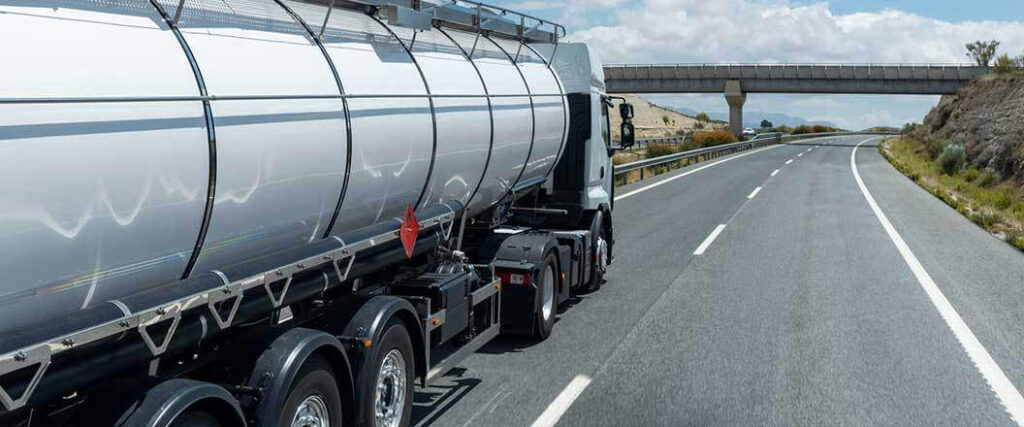
What are the Benefits of Transloading Bulk Liquids?
Having ISO tanks or flexitanks from a port transloaded to tanker trucks or rail tanks, you are likely to save on domestic shipping. Both tanker trucks and rail tank cars can hold more material than either an ISO tank or FlexiTank. In fact, a rail tank at max capacity can hold over four times as much material as an ISO tank.
Even better, it often costs less. For the price of about two and a half container shipments, you can ship the equivalent of four containers in a rail tank.
Instead of focusing on intermodal services that would just load the ISO tank onto a flatbed railcar, you can save the money and return them back to the port. Other bulk liquid transload sites are now expanding their capabilities to include smaller-scale packing and fulfillment services.
For example, if you need to distribute liquid fertilizers to multiple locations via drum or bulk container, a PTS makes it simple. A metered pump would allow someone to track exactly how much gets placed in each container and be sent out directly from the transload site.
A rail-to-truck transload in that situation can work a few different ways. Palletizing drums and bulk containers allow for local delivery via LTL or full truckload service. If the rail line doesn’t quite reach your preferred destination or doesn’t offer small unit packing, a short distance haul in a tanker truck to nearby packing sites is still possible.
As diesel and gas prices continue to rise, transloading facilities are offering competitive pricing to encourage shippers, especially when locations are able to offer other logistics services such as distribution.
Non-Food vs. Food Grade Liquid Transload Facilities
Transload facilities don’t need to make an exclusive choice on whether or not they will work with food-grade liquids - it is possible to do both.
That being said, some people may not like knowing that their laundry detergent and chocolate syrup have passed through the same hoses. For facilities that aren’t rated for HazMat, this is a pretty common combination.
In most cases, areas for food grade and non-food transloading will be segregated, and each will have its own set of equipment. Different levels and types of cleaning services should be looked into.
- Exterior washes
- Steaming
- Chemical cleaning
- ISO cleaning
- Food grade cleaning
- Kosher Cleaning
A food-grade transload facility will - at a minimum - be registered with the FDA. As mentioned, the FDA makes this a requirement for any facility that handles food for consumption at any stage.
Qualifying as food grade isn’t as clear as most would expect, however. Food grade is a term describing materials that are non-toxic and won’t leach harmful substances into the food they come into contact with.
The closest thing to an official food grade standard is the 3-A Sanitary Standards. These standards were developed by multiple agencies.
- U.S. Public Health Service (USPHS)
- FDA
- Department of Agriculture - Dairy Programs
- European Hygienic Engineering & Design Group (EHEDG)
At the momentum, 3-A Sanitary Standards are voluntary and exist as more of a guideline for organizations to use. There are other standards from independent institutions that transload facilities can go by. Some of these even offer certifications.
- The Safe Quality Food (SQF) Institute: This is a globally recognized program with standards for all levels of the supply chain, including transload facilities.
- AIB International: As an organization, they offer multiple levels of certification and provide environmental monitoring consulting.
- National Sanitation Foundation (NSF): Transload facilities that work with personal care products such as liquid soaps and shampoos, or over-the-counter medications could apply for an NSF GMP (Good Manufacturing Process) certification.
If you are doing business with bulk liquid transloading sites that have worked to get these kinds of certifications, you’re in good hands.
Of course, food grade equipment still needs cleaning and sanitizing. This is where equipment like steam boilers play a role. As mentioned, they can be used to sanitize the many types and pieces of equipment and any storage facilities that would be used to transload edibles.
For non-food liquid transloading, there are often fewer concerns. Even so, you do want to contract with a facility that makes sure to provide basic cleaning services. Cross contamination of materials would reflect badly on you if customers notice that the quality of the products you provide is declining.
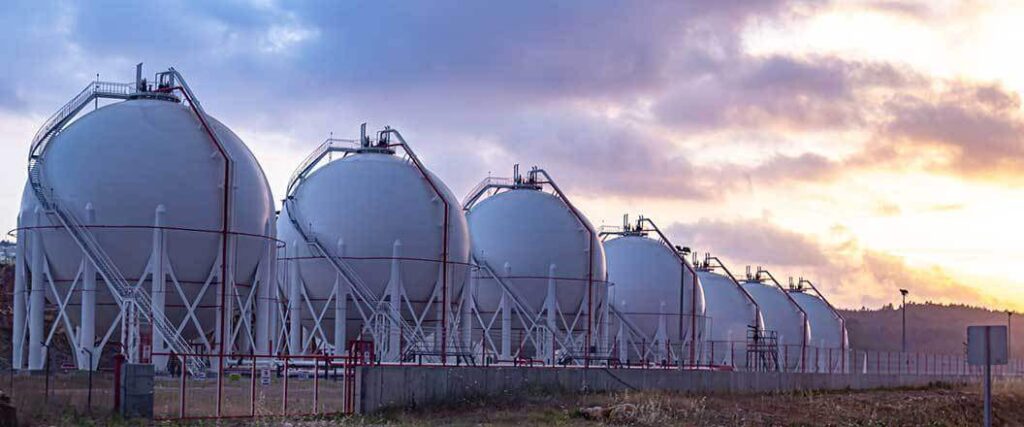
What Are Liquid Blending Services?
Efforts to expand the available services of bulk liquid transload facilities has led some to offer liquid blending services. Since products are being moved from one type of container to another regardless, transloading facilities already have most of the needed equipment on hand.
Blending tanks at liquid transload facilities are used to mix a few different materials.
- Chemical mixtures with different liquid ingredients
- Dissolution of powders into liquid products
- Petroleum refining
For manufacturers that rely on multiple ingredients to produce products, transload facilities offering blending tanks and storage are good for business.
Perhaps some of the ingredients needed are produced domestically and some are imported. A Bulk liquid transload site can receive both and then be able to provide you with a finished product. Whether it’s glass cleaner or barbecue sauce, having it all in one place saves you time and money.

Don’t Waste a Drop and Trust Transload Services USA
Gain necessary flexibility for shipping and processing your bulk liquid merchandise. Transload Services USA can provide you with the logistical support you need to keep business flowing.
Our representatives are shipping service experts who can guide you on getting materials from all over the world. Get things when you need them, where you need them.
Need services other than transloading? We also offer
Our warehouses are standing by to meet all your shipping needs today, tomorrow, and into the future.
Call us to speak directly with one of our representatives at (352) 282-4588. You may also request an online quote now and get your business moving with the flow.

